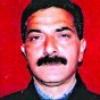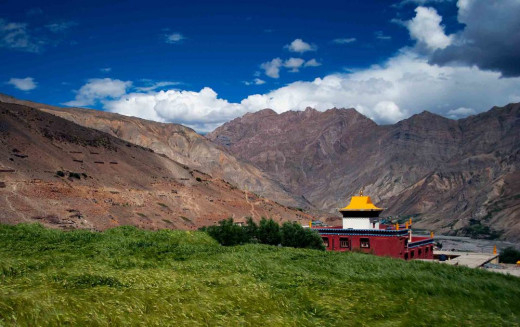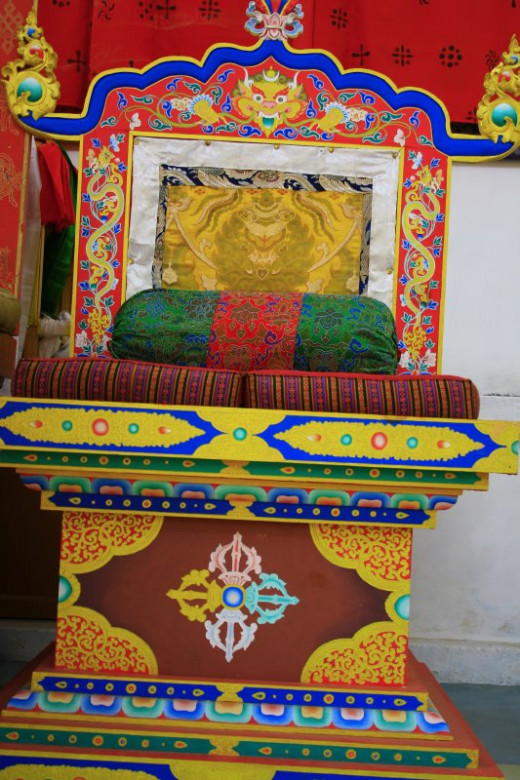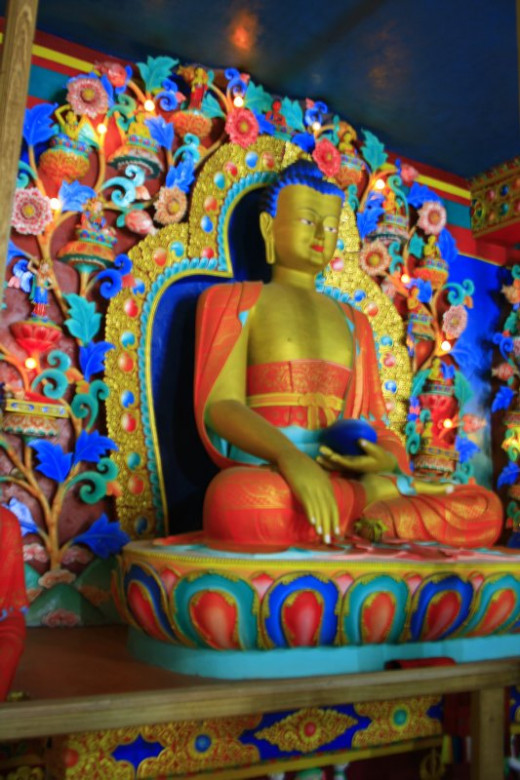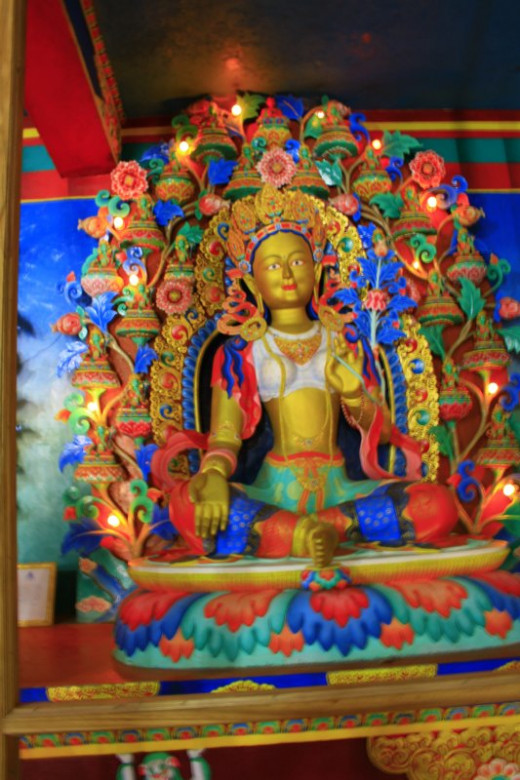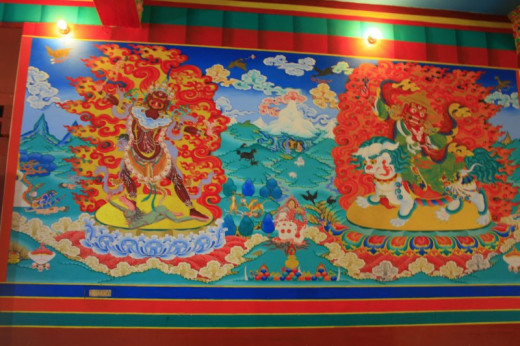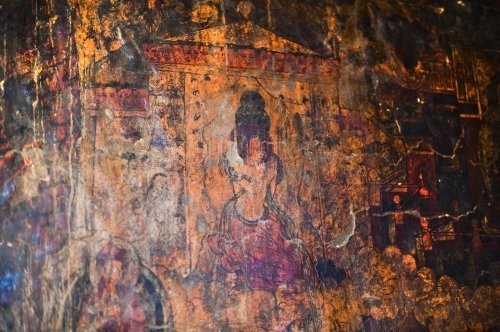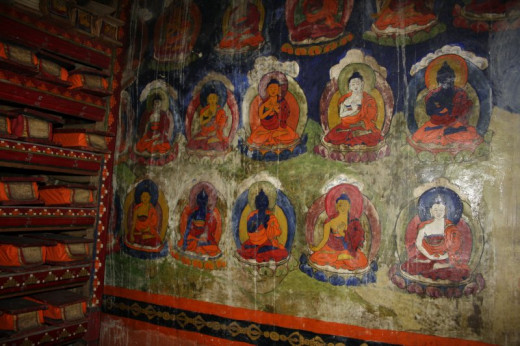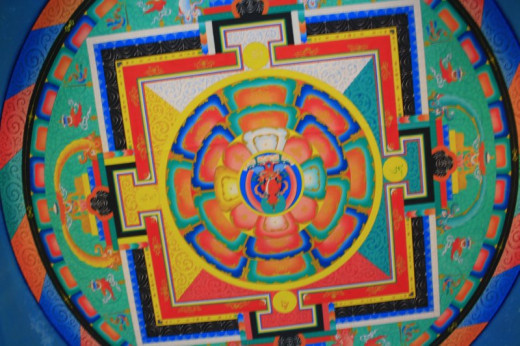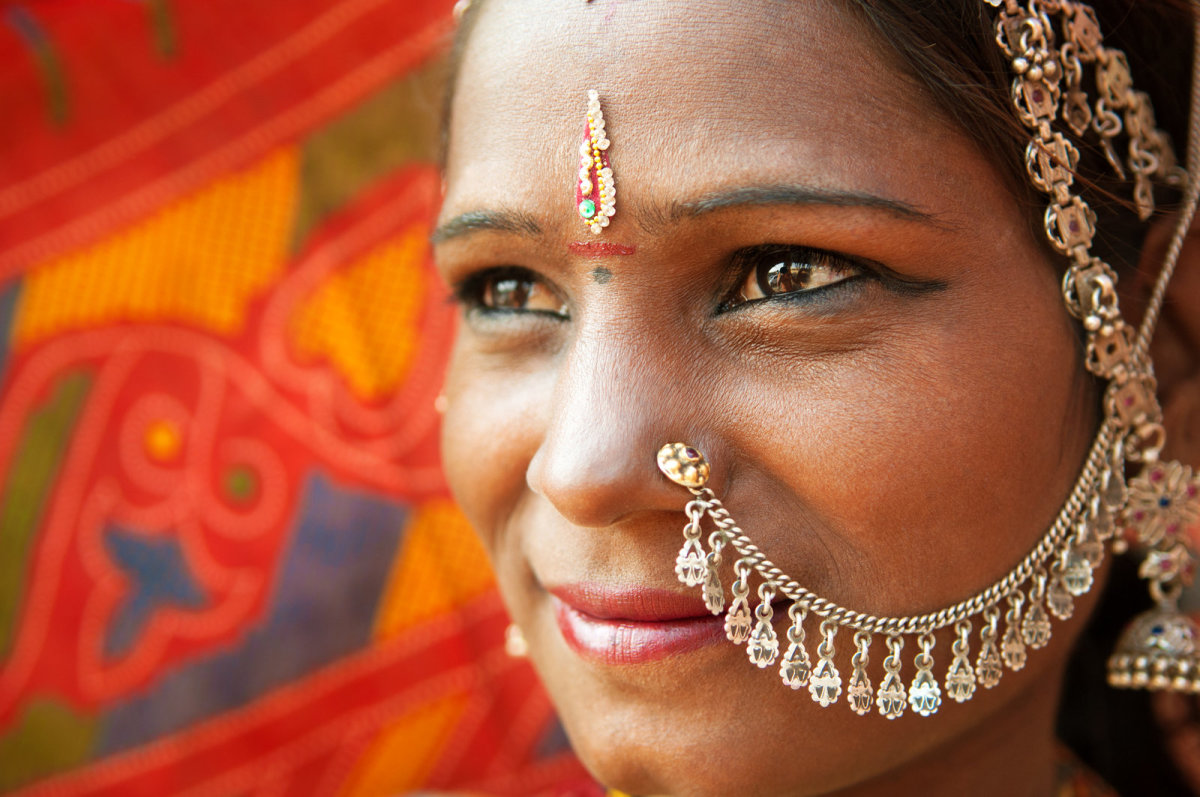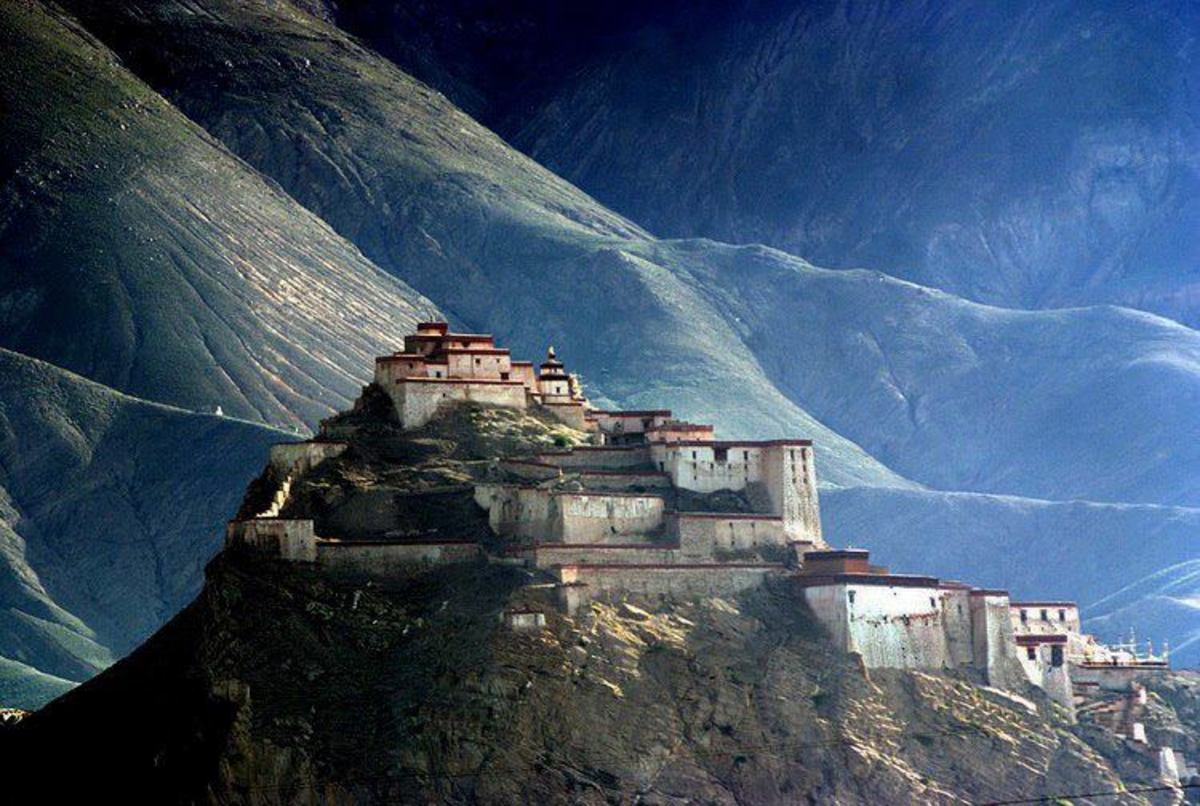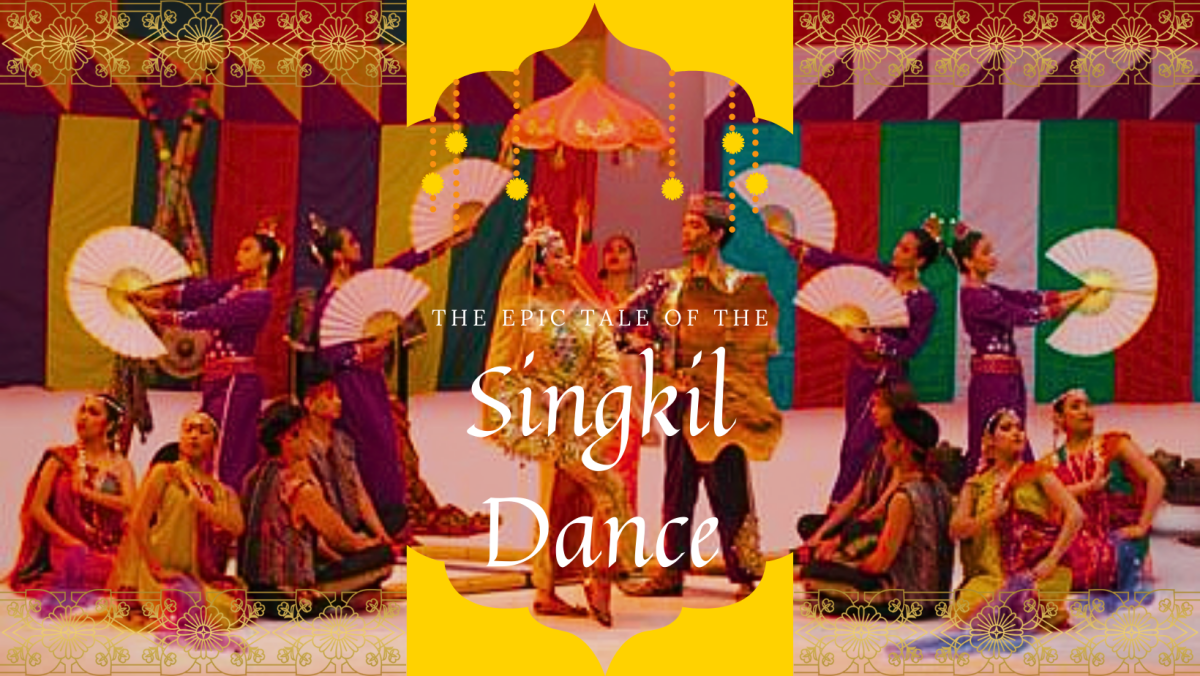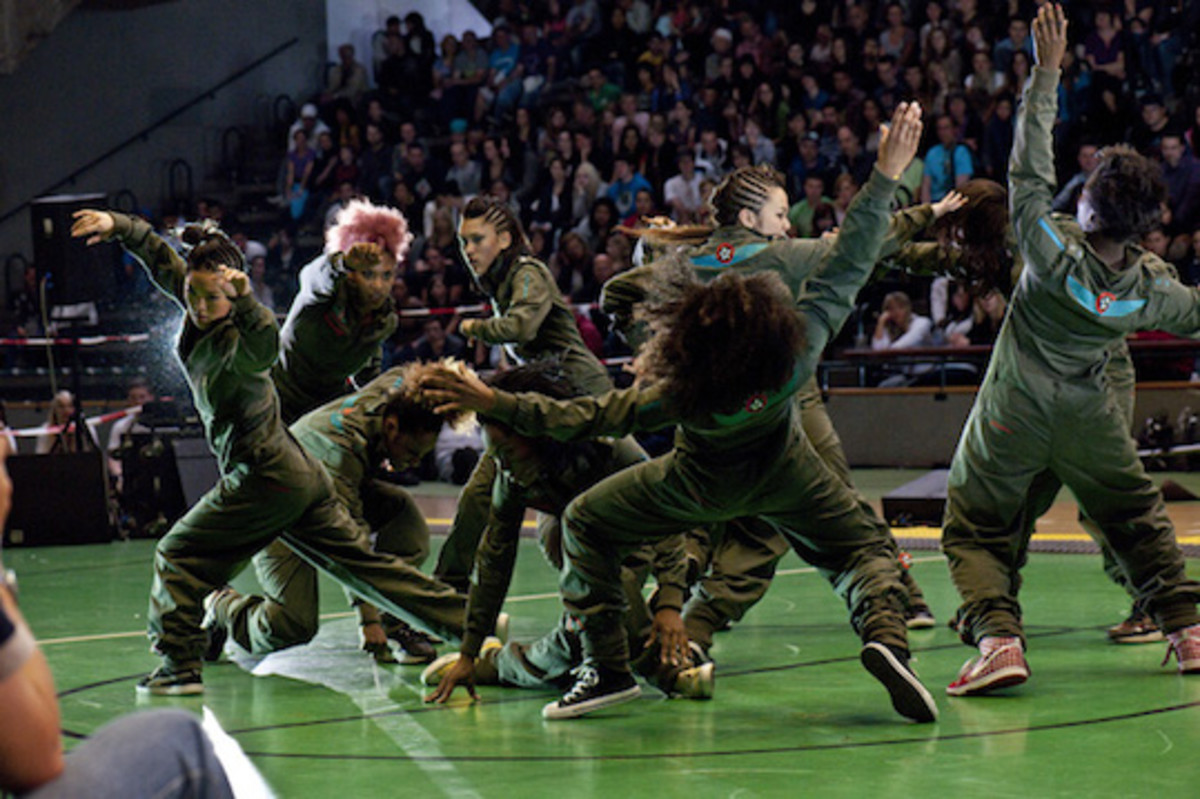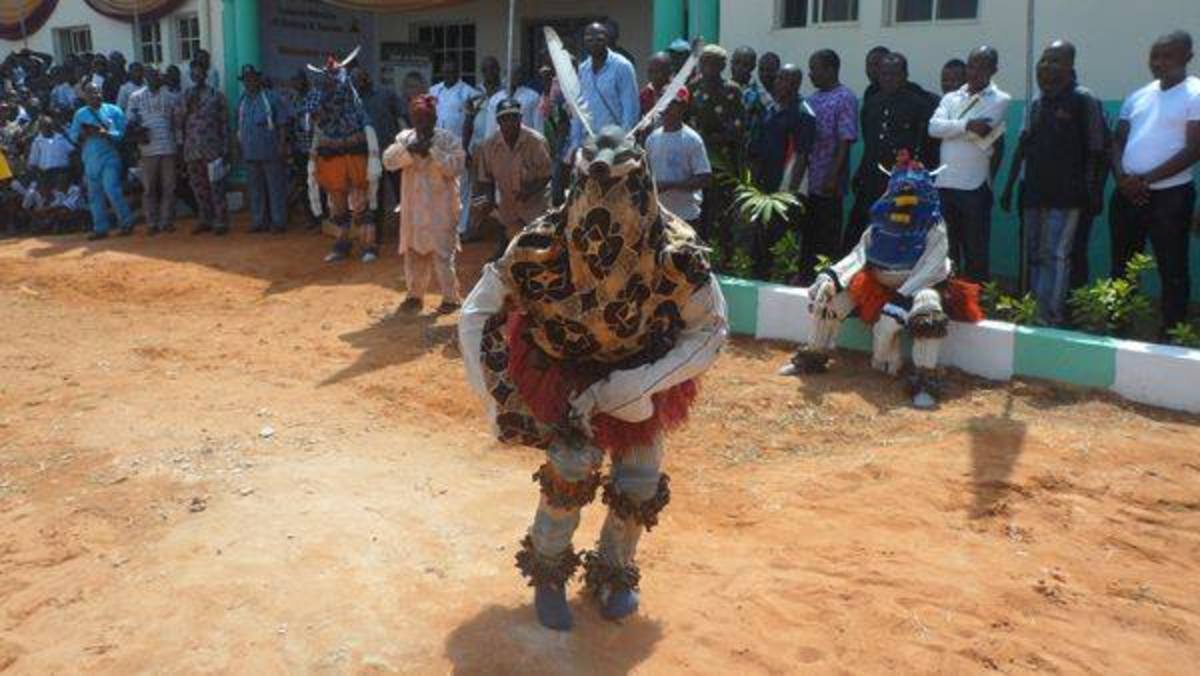The Sword Dance of Spiti
The Sword Dance
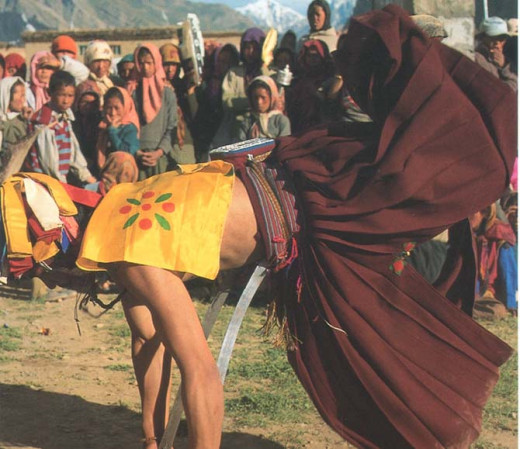
Introduction
One of the biggest traditions of Lahaul & Spiti district of Himachal Pradesh is the tantric Lama Dance. The main attraction of Spiti is Pin valley, famous for its Chamurti horses, snow leopards Himalayan ibex and Buzhen lamas, who are a sub-sect of the Nyingma-Pa sect of Buddhism and unlike other Lamas they sport long hair plaited into several locks.
The headgear of these Lamas is also different from that of others. Their appearance naturally evokes interest. One can only encounter these Buzhens Lamas as they are the wandering monks.
These Lamas of Mud village in Spiti valley belong to Shang- Pe sect and are based at Kungri monastery in the Pin valley. Situated on the right bank of the Pin River, this second oldest Buddhist monastery in Spiti was built in 1330 AD. It has three detached rectangular blocks.
These lamas or monks are known for the hair-raising dance popularly known as the sword –dance and the ceremonies like breaking the stone called Pho- Bar Dochog. It is the only sect of Buddhism which uses of weapons in religious ceremonies.
The Kungri Monasrery
Click thumbnail to view full-size




A Buzhen Lama in Action
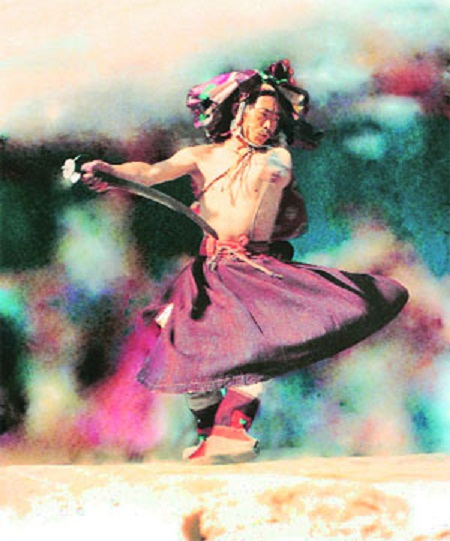
The Sword Dance
The sword dance attracts a large crowd. After long prayers, the head Buzhen or Lo Chan picks up two swords and begins swaying them slowly in front of him with each step.
Gradually the tempo increases.
The lama, who is bare- chested, points the sword towards his belly and flings his body on the sword.
He makes the breath- taking movements with other parts of the body.
Religious Ceremony Inside the Kungri Gompa
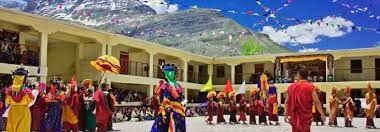
The Invocation
The dance is accompanied by a chant in which each part of the human body is mentioned as corresponding to the seat of a divine manifestation e.g.,
“O the throne of Sun and Moon, which is the crown of our head, O merciful and virtuous Teacher, Thou knowest all”. Or
“In the melodious speech produced by our throat, we pray to the most excellent six lettered prayer”.
Wall Painting in Kungri Gompa
Click thumbnail to view full-size



The Stone Breaking Ceremony
After the sword dance, the Lo Chan puts on his robes and prepares for the final part of the ceremony, which is the breaking of stone and driving away the evil spirits. The mantle of one of the Lamas, on whose body the stone is to be broken, is held over the stone and the Lo Chan passes his sword over it chanting, “Om Mani Padme Hum”, and vigorously shakes the bells. The lama then lies down in front of the stone after covering his head with the robe.
The head Lama burns the incense of juniper for the other lamas to inhale. The chanting of prayers continues, while the invocation grows faster with every mantra. Then suddenly the Lama stops as if interrupted. But he is now ready for the ceremony.
Pin Valley
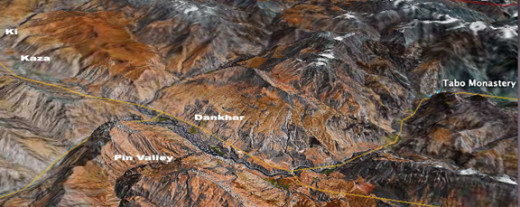
The History of Stone Breaking
This ceremony was first performed in the 15th century by Pha- Dubchen- Thang- Strong Gyalap, who was the Maha Siddha or the enlightened one. He performed it while building his gompa or monastery in Tibet. He discovered that whatever he built during the day was broken the next day. To find out the cause, he sat in meditation. He learned that some evil spirits destroyed the masonry work during the night and hid behind the stones.
To ward off the evil spirits he performed the stone breaking ceremony for the first time. Later when he was building a bridge on Tsang- Po River at Chueri, he had to repeat the ceremony.
After some time Lhasa, the capital of Tibet came under the grip of an epidemic. The people went to His Holiness Tsongkha- Pa, the founder of Gelugpa sect for advice. He discovered that an evil spirit called Hala- Tagyad was behind this epidemic. Once again the Maha Siddha was asked to drive away the spirit. It is believed a disciple of Maha Siddha brought this ceremony to Spiti valley.
The Kungri Monastery
Further Reading
© 2014 Sanjay Sharma
